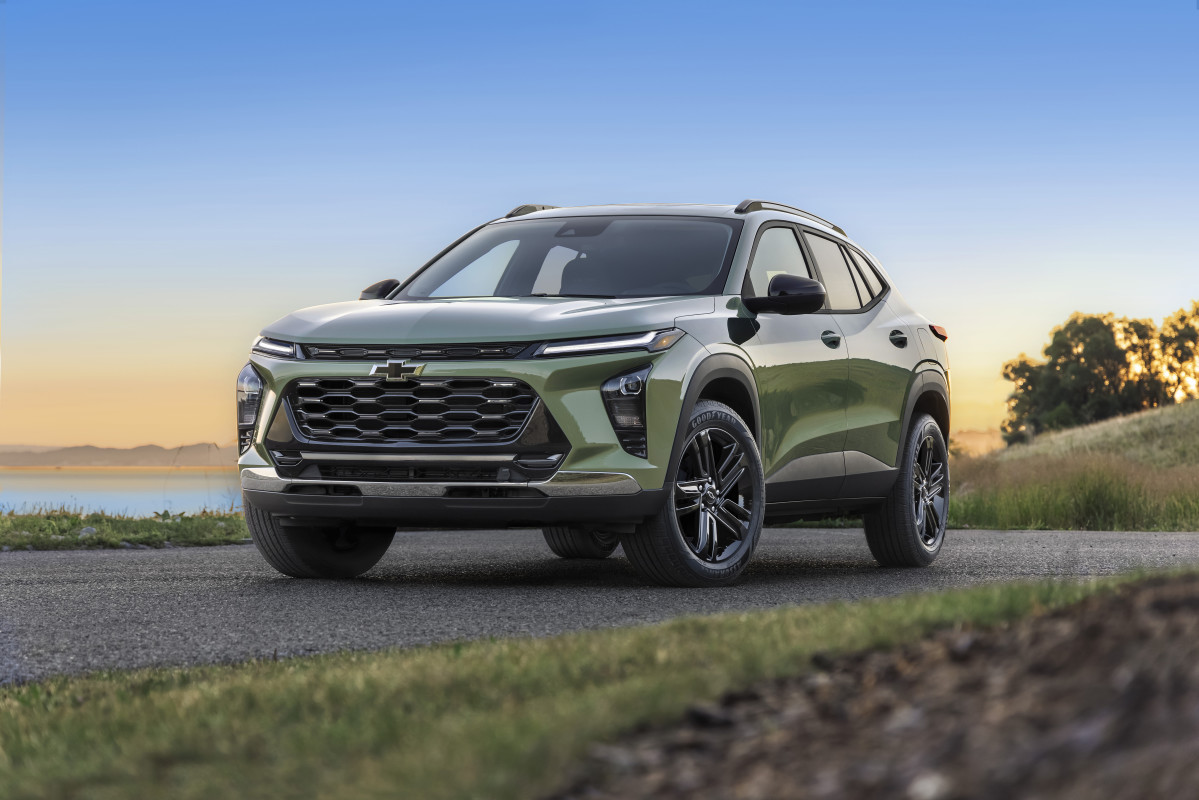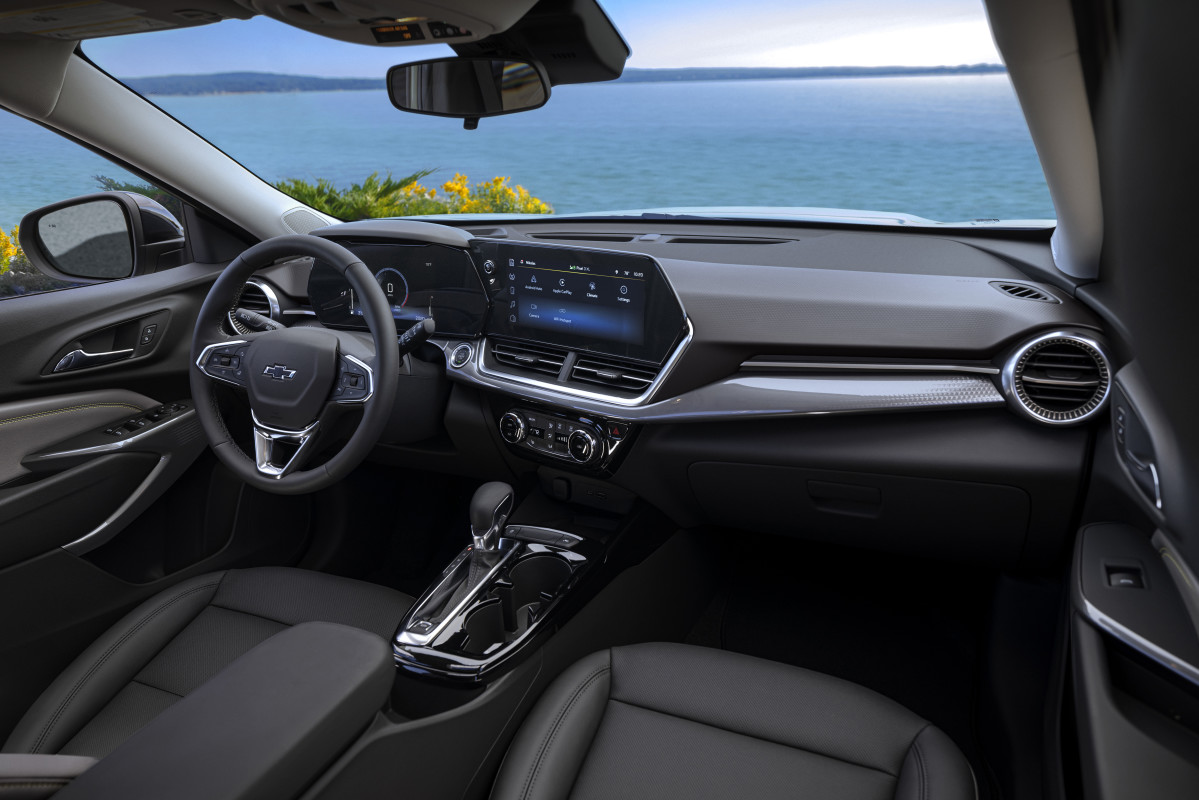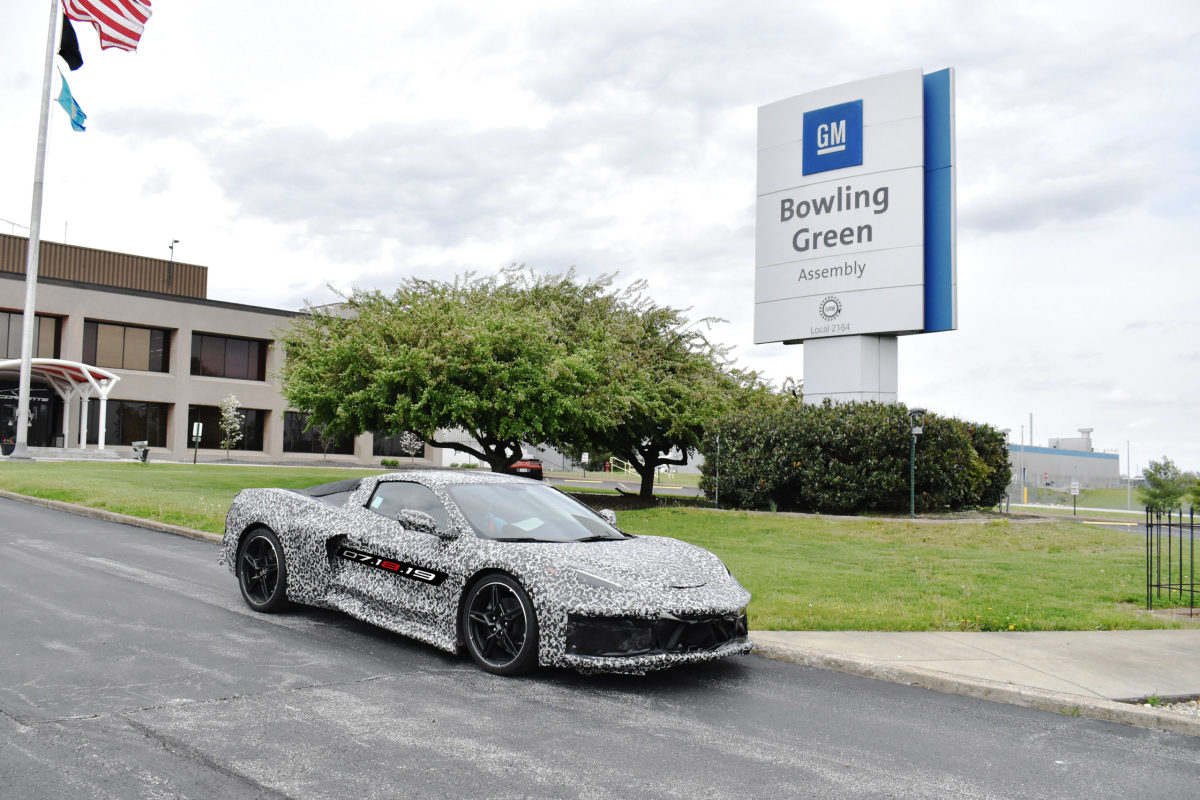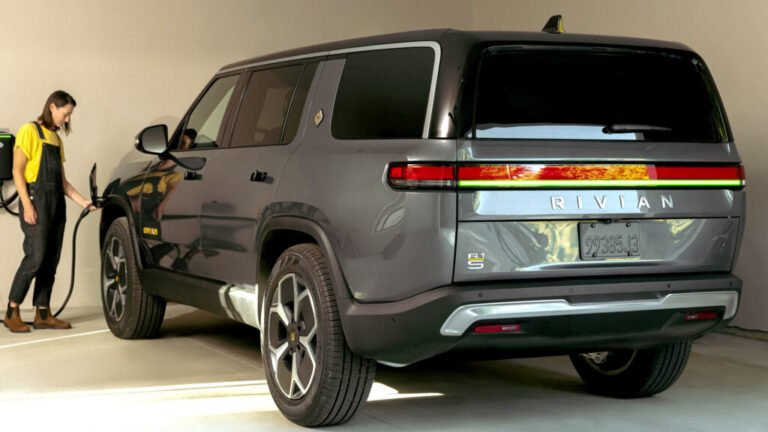Elderly drivers don’t always spell good news on the road
Unless you have ridden shotgun with an aging parent, grandparent, friend, or colleague in their golden years, you may have at least pondered how long older drivers should safely commandeer a motor vehicle. Especially in the car-centric United States, driving is more than a means to get around from point A to point B; it represents a sense of freedom, independence, and the ability to keep socially and physically active.
However, the natural process of aging in human adults can come with diminished eyesight, reduced mobility, and cognitive ability, which can make driving more difficult and dangerous for older drivers. Families across the country often face difficult conversations regarding this topic, and lawmakers can be at a crossroads between personal independence and personal safety regarding this topic.
Chevrolet
New GM-patented tech can tell you when to give up the keys
According to a report by Automotive News, Detroit Big Three mainstay General Motors has applied for a patent from the US Patent and Trademark Office to tackle these tough conversations using its cars’ technology as an independent third party.
Engineers at General Motors are testing a system designed to assess whether older drivers can still drive safely and effectively by calculating a “driver retirement score” using various vehicle and driver data. Unlike previous methods that focused on specific driving aspects, GM takes a broader approach.
Chevrolet
In the patent application, the system says it can monitor factors like driver reaction times, squinting, and signs of fatigue using the various sensors and computers built into their cars. In addition, the system records how often other motorists honk, whether the turn signals are used and used correctly, and whether they obey or disregard road signs.
Additionally, drivers can disclose if they have any medical conditions or any complaints filed against their driving to determine whether a driver’s performance improves or declines over time. Once the special software computes a score, it’ll compile a report with recommendations for the driver and can also notify a designated contact about the score.
Older drivers are a seriously overlooked demographic, experts say
In a statement to AutoNews, a GM spokesperson has not clarified whether the company intends to integrate the system into its cars; however, data from experts indicates that this demographic of motorists is generally overlooked. According to 2025 CDC data cited by AutoNews, as of 2022, there are almost 52 million licensed drivers aged 65 and older in the U.S., a number that increased 77% over the past two decades.

Unfortunately, at the same time, National Highway Traffic Safety Administration data from 2023 (the latest available) states that drivers over 65 accounted for 19% of all traffic deaths, just a half-point higher than 25-to 34-year-olds. Experts warn that an apples-to-apples comparison is impossible due to seniors’ increased vulnerability and the differences in the types of roads these distinct age groups often drive.
Final thoughts
GM’s patent application highlights a reality that society can’t ignore: America’s driving populace is aging, and drivers are staying on the road longer than ever. Whether GM’s concept ever makes it into production vehicles remains to be seen. Still, the fact that one of the world’s largest and most influential automakers is even thinking about it signals that there is a shift in how we view the intersection of aging, driving, and mobility freedom.
The future of driving for seniors may be less about the idea of them driving and more about whether the car they own can keep an eye on them and their driving behavior.


